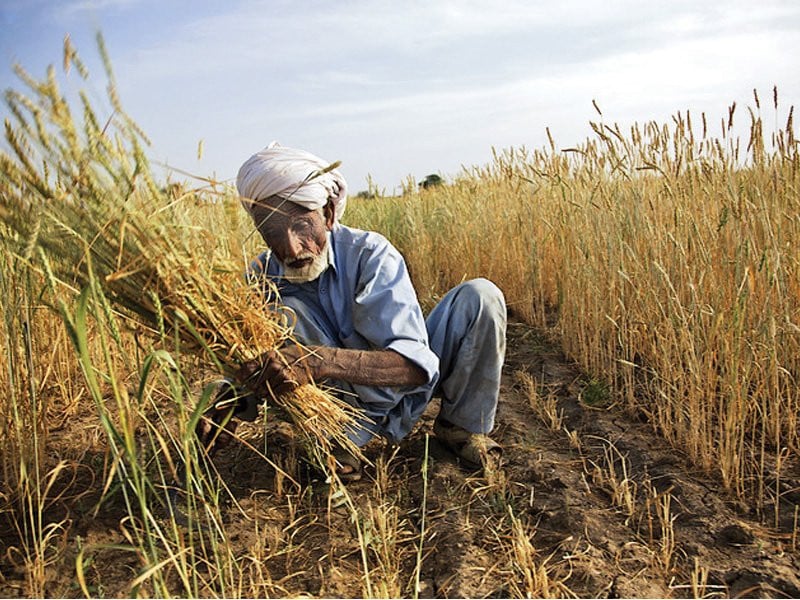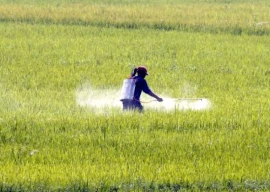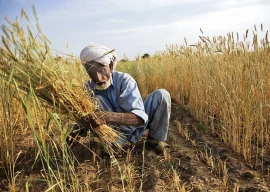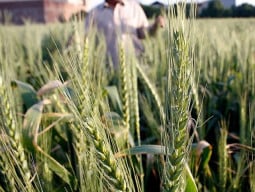
A prolonged spell of drought coupled with dropping temperatures over the past month has taken a toll on agricultural activities, particularly impacting the rabi crops, across the nation.
Farmers are looking up to the sky for a January spell of rain in the hope of putting the cropping cycle back on its feet. According to weather pundits, the much-needed rains -- if materialised -- would be beneficial for crops, particularly for cleaning the environment, increasing the photosynthetic activity, maintaining the required temperatures as well as improving the water supply.
According to the crop watchers, wheat, especially in barani (rainfed) lands, due to the absence of rain, would get maximum advantage if it rains in January. The frost also delays the sowing of maize as it does not support conditions for its germination. Maize sowing starts by mid-January and extends into February, so the farmers are now keeping their fingers crossed.
Apart from the cropping cycle, the major benefit of the rains will be reaped by the irrigation system. Though the rains would not affect the river flows much, they will help deliver some direct benefits.
Read also: Govt to ensure provision of urea to farmers
Meanwhile, as the temperature drops across the country, statistics revealed by the Water and Power Development Authority (Wapda) on Tuesday indicated alarming water depletion in reservoirs, with the flow in key rivers discharged almost as rapidly as it is being received.
According to a Wapda spokesperson, the Indus River at Tarbela is experiencing an inflow of 16,700 cusecs with an outflow of 15,000 cusecs. Similarly, at Mangla on the Jhelum River, both the inflow and discharge stand at 5,000 cusecs.
Furthermore, the Chashma Barrage reports an inflow of 12,200 cusecs, slightly higher than the discharge rate of 10,000 cusecs.
Similarly, at Head Marala on the Chenab River, the inflow and outflow remain consistent at 4,500 cusecs each, as per the spokesperson's declaration.
Read: Farmers in distress as water allocation problem persists
The Wapda spokesman also highlighted the flow of water at Nowshera into the Kabul River, indicating an inflow and outflow of 7,500 cusecs each.
Regarding reservoir levels, the spokesperson disclosed that Tarbela's current water storage stands at 2,274,000 acre-feet, while Mangla's storage reaches 2,052,000 acre-feet.
The cumulative water storage in Tarbela, Mangla, and Chashma Reservoir has been reported as 4,326,000 acre-feet by the Wapda spokesman.
Notably, the WAPDA spokesman emphasised that the inflow and outflow data into the Kabul River at Nowshera and the Jhelum River at Mangla are based on 24-hour average flows, providing a snapshot of the consistent water movements in the areas.



1725967717-0/Untitled-design-(3)1725967717-0-165x106.webp)




1730564373-0/Express-Tribune-Web-(19)1730564373-0-270x192.webp)












COMMENTS
Comments are moderated and generally will be posted if they are on-topic and not abusive.
For more information, please see our Comments FAQ